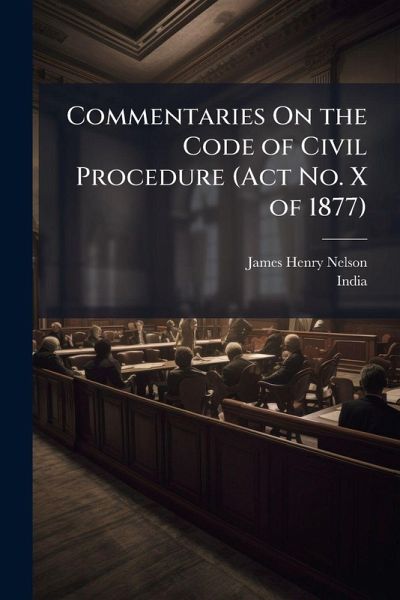
Commentaries On the Code of Civil Procedure (Act No. X of 1877)

PAYBACK Punkte
16 °P sammeln!
"Commentaries On the Code of Civil Procedure (Act No. X of 1877)" offers a detailed examination of the legal code as it was enacted in British India. Authored by James Henry Nelson, this historical legal text provides invaluable insight into the procedural laws governing civil cases during the late 19th century. It is an essential resource for legal historians, scholars of colonial India, and anyone interested in the development of legal systems under British rule. This work meticulously dissects the various sections of Act No. X, elucidating their intended application and historical context. ...
"Commentaries On the Code of Civil Procedure (Act No. X of 1877)" offers a detailed examination of the legal code as it was enacted in British India. Authored by James Henry Nelson, this historical legal text provides invaluable insight into the procedural laws governing civil cases during the late 19th century. It is an essential resource for legal historians, scholars of colonial India, and anyone interested in the development of legal systems under British rule. This work meticulously dissects the various sections of Act No. X, elucidating their intended application and historical context. Its enduring value lies in its comprehensive coverage of the legal framework that shaped the judicial landscape of British India. This work has been selected by scholars as being culturally important, and is part of the knowledge base of civilization as we know it. This work was reproduced from the original artifact, and remains as true to the original work as possible. Therefore, you will see the original copyright references, library stamps (as most of these works have been housed in our most important libraries around the world), and other notations in the work. This work is in the public domain in the United States of America, and possibly other nations. Within the United States, you may freely copy and distribute this work, as no entity (individual or corporate) has a copyright on the body of the work. As a reproduction of a historical artifact, this work may contain missing or blurred pages, poor pictures, errant marks, etc. Scholars believe, and we concur, that this work is important enough to be preserved, reproduced, and made generally available to the public. We appreciate your support of the preservation process, and thank you for being an important part of keeping this knowledge alive and relevant.



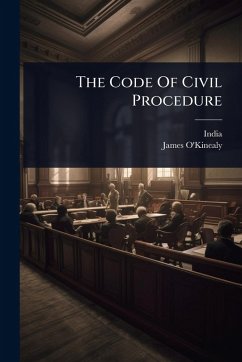
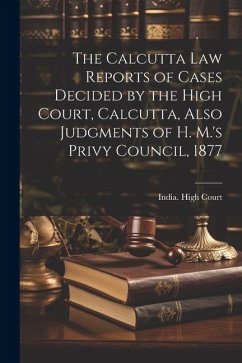
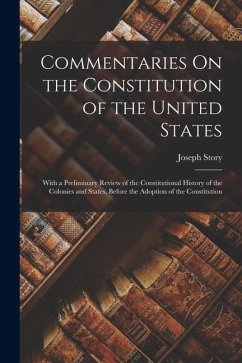

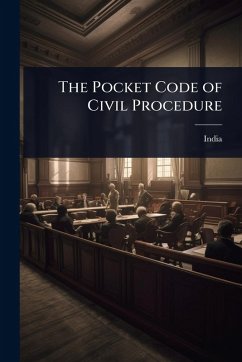
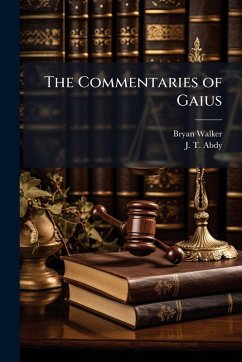
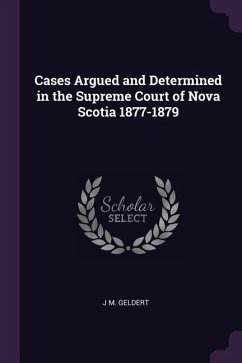
![List of Voters for the Township of Raleigh [microform]: Appearing on the Assessment Roll for the Year 1877 Cover List of Voters for the Township of Raleigh [microform]: Appearing on the Assessment Roll for the Year 1877](https://bilder.buecher.de/produkte/65/65504/65504301n.jpg)
![List of Voters of the Township of East Gwillimbury for the Year 1877 [microform] Cover List of Voters of the Township of East Gwillimbury for the Year 1877 [microform]](https://bilder.buecher.de/produkte/65/65500/65500373n.jpg)
![By-laws of the Municipal Council of the Township of Raleigh, Passed During the Year 1877 [microform] Cover By-laws of the Municipal Council of the Township of Raleigh, Passed During the Year 1877 [microform]](https://bilder.buecher.de/produkte/65/65584/65584593n.jpg)